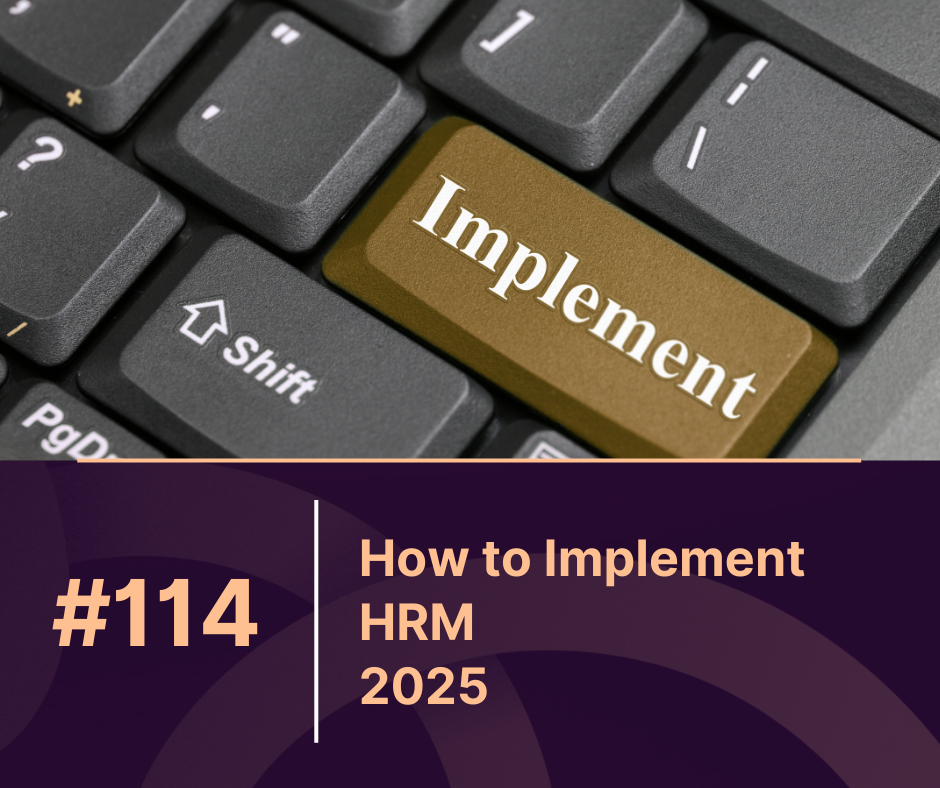Overview
Implementing Human Resource Management (HRM) successfully is critical for organizations striving to improve employee engagement, productivity, and overall business performance. This article explores how to implement HRM effectively by following a step-by-step approach that aligns HR strategies with business goals. Whether you are a startup or an established company, mastering HRM implementation can transform your workplace culture and operational efficiency. We will also highlight key metrics to track and how leveraging tools like MaxHR can simplify this process.
What is HRM and Why is It Important?
Human Resource Management (HRM) refers to the strategic approach organizations use to manage their workforce effectively. It includes recruiting, training, performance management, employee relations, and compliance with labor laws. Proper implementation of HRM ensures that the right people are hired, developed, and retained to meet organizational objectives.
How to Implement HRM: Step-by-Step Guide
1. Conduct a Needs Assessment
Begin by evaluating your organization’s current HR processes and identifying gaps. Understand the skills, competencies, and workforce challenges you face. This assessment provides a clear roadmap for HRM implementation.
2. Align HRM with Business Strategy
Successful HRM is integrated with your company’s goals. Define HR objectives that support growth, innovation, and operational efficiency. For example, if your business aims to expand, focus on talent acquisition and development.
3. Develop Clear HR Policies
Create policies that govern recruitment, employee conduct, performance evaluation, and benefits. These policies must comply with local labor laws and be communicated clearly to employees.
4. Invest in HR Technology
Leverage HR Management Systems (HRMS) like MaxHR to automate processes such as attendance tracking, payroll, and performance appraisals. Technology reduces manual errors and enhances employee experience.
5. Train HR Staff and Managers
Provide training on new HRM tools, policies, and compliance requirements. Well-trained managers are essential for fair and effective employee management.
6. Monitor and Evaluate Performance
Implement KPIs to measure HRM effectiveness, such as turnover rate, employee satisfaction, and time-to-hire. Regular evaluation helps refine HR strategies.
Key Metrics to Track During HRM Implementation
| Metric | Description | Industry Average (%) | Target for Successful HRM (%) |
|---|---|---|---|
| Employee Turnover Rate | Percentage of employees leaving annually | 15-20% | Below 10% |
| Time-to-Hire | Average days to fill a job vacancy | 30-45 days | Less than 30 days |
| Employee Engagement | Percentage of actively engaged employees | 33% | Above 70% |
| Training Completion | Percentage of employees completing training | 70% | Above 90% |
| Absenteeism Rate | Percentage of workdays lost to absence | 3-4% | Below 2% |
Benefits of Implementing HRM with MaxHR
Using a robust HRM software like MaxHR provides several advantages:
-
Automation: Streamlines payroll, attendance, and leave management, saving time.
-
Compliance: Helps maintain up-to-date records to comply with labor laws.
-
Data-Driven Insights: Enables tracking of key HR metrics to improve decision-making.
-
Employee Self-Service: Empowers employees to manage their information and requests easily.
By integrating MaxHR into your HRM implementation plan, you can simplify complex processes and focus on strategic initiatives that grow your organization.
Common Challenges and How to Overcome Them
-
Resistance to Change: Communicate benefits and involve employees early in the process.
-
Lack of Training: Offer continuous training programs to improve HR competencies.
-
Inadequate Technology: Choose scalable HRMS solutions like MaxHR that grow with your company.
Conclusion
Learning how to implement HRM successfully involves understanding your organization’s needs, aligning HR strategies with business goals, and using modern HR technology for efficient management. A well-executed HRM strategy enhances employee engagement, reduces turnover, and drives organizational success. With tools like MaxHR, the implementation process becomes more manageable, ensuring compliance and data-driven growth.
FAQs
Q1: What is the first step in HRM implementation?
A1: Conducting a thorough needs assessment to identify gaps in current HR processes.
Q2: How can technology improve HRM implementation?
A2: Technology automates routine tasks, improves data accuracy, and provides real-time analytics to support decision-making.
Q3: What are key performance indicators in HRM?
A3: Important KPIs include turnover rate, time-to-hire, employee engagement, training completion, and absenteeism rate.
Q4: Why is employee engagement important in HRM?
A4: Engaged employees are more productive, committed, and less likely to leave, directly impacting business success.
Q5: How does MaxHR assist in HRM implementation?
A5: MaxHR streamlines HR operations by automating payroll, attendance, compliance, and employee management, making implementation smoother. how to implement hrm



